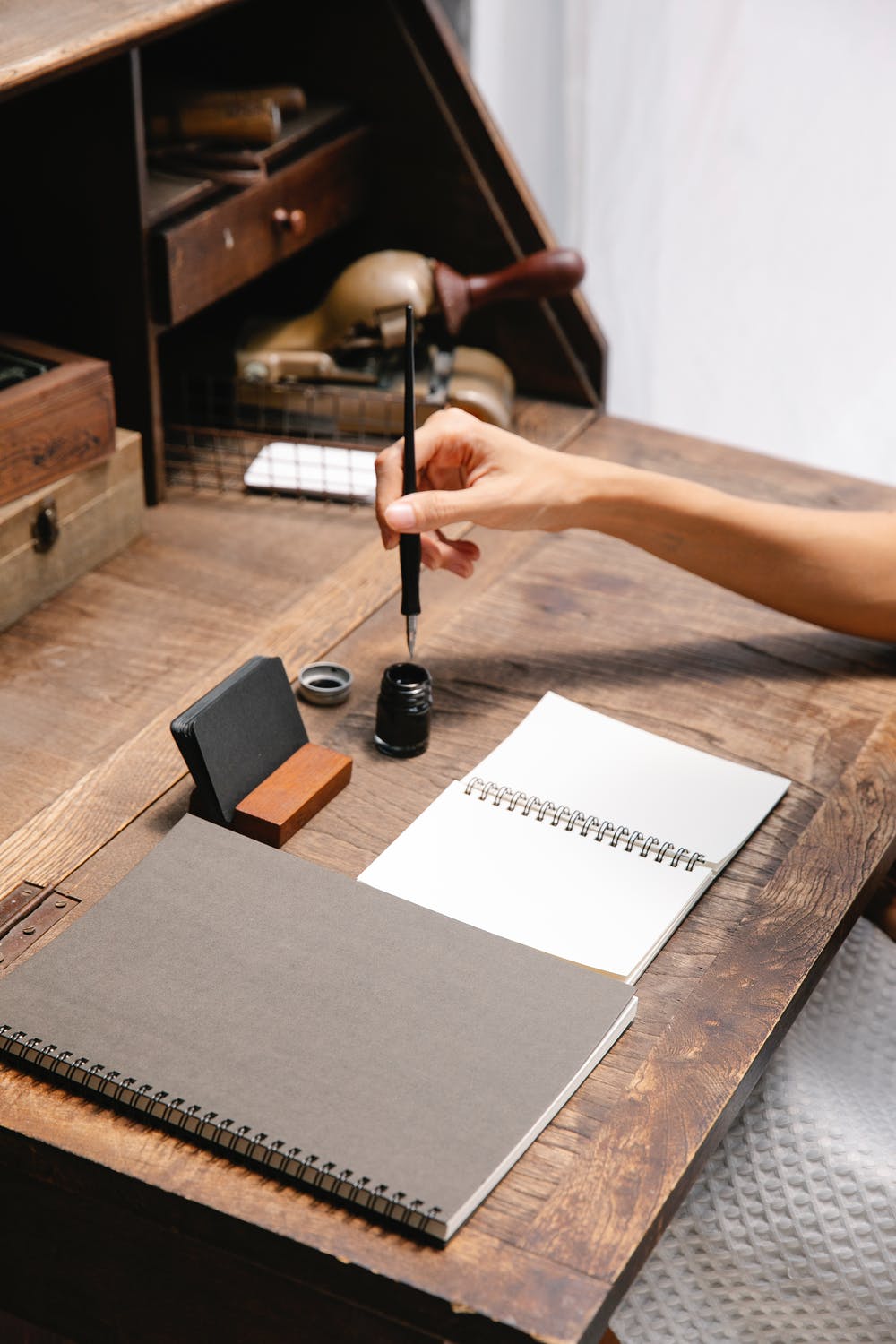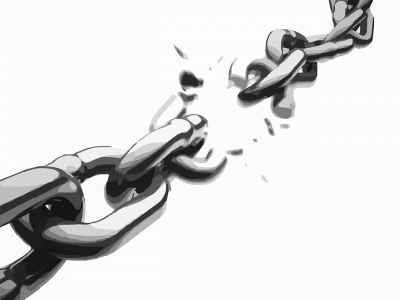Backlinks are important for higher search engine ranking. In fact, according to a recent study, backlinks are one of the most important search engine ranking factors in 2015. There are also plenty of other researches that tell us the same thing, i.e., backlinks are crucial to higher search engine rankings and more organic traffic.
The problem, however, with creating backlinks is that you can always get yourself a Google penalty for doing it the wrong way. Ideally speaking, backlinks should be contextual and 100% natural.
How do you do it?
It seems like that creating backlinks that way is purely out of your control. Although it is true to some extent, there are still ways that allow you proactively build natural, penalty-free backlinks.
In this post, I’m going to discuss “The Broken Link” technique that will help you generate high-quality and completely natural backlinks.
Following is a step-by-step guide to generating backlinks with the broken link method.
Step #1: Shortlist Target Websites

The first step should be to shortlist a few target websites. These target websites should be the ones from which you wish to acquire backlinks.
How to shortlist these websites?
It’s actually very simple. Aim for the top blogs and websites that are within your niche. There must be a few very popular and well-established blogs in your niche. Even if you don’t already know of them, run a simple Google search.
Go to Google.com and search:
Top 10 blogs in [the name of your niche]
Best blogs in [the name of your niche]
And other search terms like these.
These simple searches will help you build a good list of websites that you should target.
Here is an important thing to note before you start building this list.
The websites that you shortlist must be from your own niche. Otherwise, it won’t work. Moreover, even if you generate backlinks from outside of your niche, they won’t be of much value. More importantly, such backlinks from unrelated websites will land you in trouble and get you penalized by Google Penguin .
Here is a chart that further elaborates this point.
This chart shows the percentage of websites that were penalized by Google Penguin, based on the percentage of backlinks they had from unrelated websites.
As you can see, websites with 0% relevant links (links from their own niche) got the biggest penalty. On the other hand, websites that had 100% relevant links from their own niches didn’t get any penalty whatsoever.
This is why it is extremely important not to acquire backlinks from websites that are not within your niche — even if there is an excellent opportunity of it.
For instance, if your website is in the “heating and air conditioning niche”, don’t generate a backlink from a “fashion” website. They aren’t related, and any backlink you get from there may have the possibility to get you a search engine penalty.
Step #2: Download Check My Links
Check My Links is a Google Chrome extension. It is an important tool that we are going to need from “The Broken Link” method.
Here is a simple explanation of what it does.
“As its name suggests, Check My Links will help you identify any broken links on a given website or web page.”
Once it identifies any potential broken links on the websites you targeted in step #1, you can then proceed to further steps and acquire backlinks.
Download the extension by using the given link, if you haven’t already. After that, move on to next step.
Note: Although I recommended using Check My Links, there are many more tools that you can use to use the broken link technique. Here are a couple more tools that also do the same job.
If you are not entirely comfortable with the interface of Check My Links, feel free to use the other tools I just mentioned. It all depends on your personal preference and need because all these tools pretty much have the same functionalities.
For the purpose of this article, I’m going to continue using Check My Links.
Besides these tools, you are also going to need a means to email other blog owners. You can use a simple Gmail account, or you can also use other third-party email clients if you prefer them. The best email clients that I have ever used and would definitely recommend is:
Step #3: Put Check My Links in Action
Once you are done with the tools and software you are going to need, it is time to put them in action.
Refer to the list you made earlier in step number one. It must contain a handful of websites that you should be targeting at this stage.
Reminder: Again, make sure that all these websites are directly related to your own niche. Backlinks from unrelated websites that are not directly related to your niche or industry will get you penalized by Google Penguin.
Once you have that list finalized, visit the websites, and find broken links with the Check My Link extension.
This is how you should do it.
Upon installing the extension, you would see a small icon at the top — near the address bar of the browser. Clicking that button triggers the tools, and it starts finding any potential broken links on a given web page.
The following image shows you exactly how it works.
Use the same method to find all the potential broken links on your target websites. Note those links down and, more importantly, the piece of content those links were referring to.
Note: While all the tools I mentioned work fairly well, it is still highly recommended to manually check the broken links at least once. It is important to confirm that the link is well and truly broken before you contact the owner of the blog in this regard.
Step #4: Create a Better Piece of Content
Once you have identified the broken links, there are two possibilities for you:
Either you already have an amazing piece of content to replace that broken link, or
You will have to create a better piece of content for the replacement.
In the first scenario, there is nothing else to do for you. You can move on to the next step. Otherwise, keep reading.
The idea is to notify the blog owner that she has a broken link on her blog and that she is redirecting her blog readers to a dead end. More importantly, it is all about providing her a better piece of content that she can replace the broken link with.
If you don’t have that better piece of content, you have to create it.
There are a few tips that I would like to share with you:
Make sure that your content is significantly better than the one she linked in her blog in almost every aspect.
For instance, if you have identified a broken link on “3 Tips for Creating Better Facebook Ads”, you should have a post ready on “21 Amazing Tips for Creating Highly Profitable Facebook Ads”.
Nowadays, bloggers prefer linking to comprehensive and in-depth blog posts. So, create longer blog posts that have more than 1,500 - 2,000 words.
Make sure your content is filled with images, videos, and other visual elements.
Step #5: Contact the Blog Owner
By now, you have everything perfectly ready to go.
You have shortlisted the websites, identified the broken links, manually checked them for confirmation, and created a better piece of content ready to replace it.
It is time to contact the blog owner.
The tip is to play it cool and don’t beg for the link. Your goal should be to just let them know that they have a broken link on their blog and, if they like, they can replace that with your article that is better in almost in every aspect.
Here is a template for you to use:
“Hi [name of the blogger]
I am a big fan of you and your blog. I especially liked your last post on [name of the last blog post] and how it explained such a complex topic so easily.
By the way, I was browsing and reading other posts on your blog and found that you one of your posts have a broken link. Here is the link to the post I’m talking about.
[Insert the URL]
And this particular link [mention the broken link] isn’t working.
If you want, you can replace it with [insert the URL of your content] so your readers won’t face the troubles anymore.
Please keep sharing those awesome blog posts. You rock!
Best regards,
[Your name]
In Conclusion
You will not get a 100% success rate with this technique, but it almost always work if you do it right. This is because you are not only generating a backlink, but you are also doing something valuable for the other blogger — mentioning the broken link and providing a better piece of content as the replacement.
As you can notice, there are two distinct benefits of the broken link technique:
You generate penalty-free backlinks from blogs that are directly related to your own niche.
You get a contextual link, unlike the author bio backlinks that you get from guest posting. According to modern-day SEO, contextual backlinks are significantly more powerful than the author-bio links.
Good luck!
